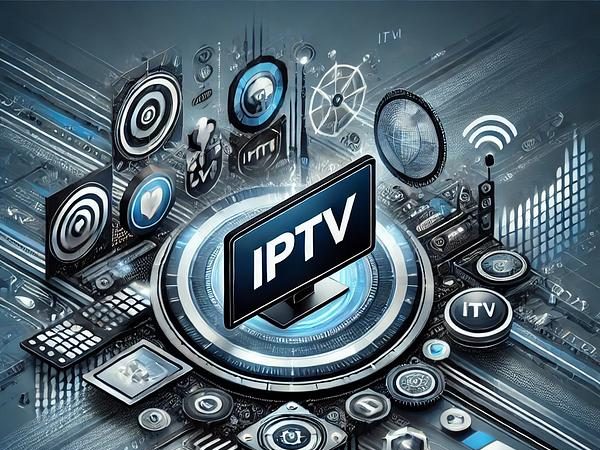
Network infrastructure demands for IPTV streaming extend far beyond simple connection speeds. While many viewers focus exclusively on download rates, several critical technical factors determine whether your viewing experience will be smooth or plagued with interruptions. When you buy iptv on lynx4k.com, you must ensure your network meets various technical requirements that impact streaming quality.
Network stability matters more than peak speed
Connection stability often proves more important than maximum bandwidth for consistent IPTV performance. A stable 30 Mbps connection delivers better viewing results than an unstable 100 Mbps line that fluctuates dramatically. Stability measurements include jitter (variation in packet delivery timing) and packet loss rates, directly affecting video smoothness. Interference sources within homes frequently disrupt network stability without affecting speed test results. Common culprits include microwave ovens, cordless phones, and neighboring WiFi networks operating on overlapping channels. These interference sources create momentary gaps in data transmission that streaming protocols struggle to handle effectively.
Physical obstacles between streaming devices and routers create dead zones where signals weaken despite strong internet connections. Concrete walls, metal furniture, large appliances, and aquariums all block or reflect wireless signals. Strategic router placement becomes necessary to minimize these physical barriers and maintain stable connections throughout viewing areas.
Latency impacts more than gaming
Network latency affects IPTV performance, particularly during channel changes and stream initialisation. Lower-latency connections (under 30ms) respond more quickly to viewer commands and buffer content more effectively than high-latency connections. This responsiveness becomes especially noticeable when rapidly switching between channels or starting new streams. Live content streaming demands even lower latency thresholds to maintain synchronization with broadcast signals. Sports events, news broadcasts, and other time-sensitive content require networks capable of delivering frames with minimal delay to prevent spoilers from different sources. Even minor latency issues compound during hours-long viewing sessions, creating progressively worse viewing experiences.
Router capabilities define your ceiling
Router processing power directly limits maximum streaming performance, regardless of internet speed. Budget routers often contain underpowered processors incapable of handling multiple simultaneous HD or 4K streams. This hardware limitation creates bottlenecks that manifest as buffering despite fast internet connections. Modern streaming needs include:
- QoS (Quality of Service) features that prioritize streaming traffic
- Current WiFi standards (WiFi 6/802.11ax) for higher device capacity
- Sufficient RAM to manage connection tables for multiple devices
- MU-MIMO capability for concurrent streaming to multiple devices
Firmware update support ensures your router remains compatible with evolving streaming protocols. Manufacturers regularly release updates addressing security vulnerabilities and performance optimizations specific to video streaming applications. Routers without recent firmware updates gradually lose compatibility with newer streaming technologies.
Traffic management policies matter
ISP traffic shaping policies affect streaming performance independently from raw connection speed. Some providers implement bandwidth throttling during peak hours or after certain usage thresholds, creating sudden quality drops despite speed tests showing expected results. These policies particularly impact households with multiple simultaneous streams.
Connection overhead from other applications competing for bandwidth creates unpredictable performance issues. Background processes like automatic updates, cloud backups, and sync services consume burst bandwidth, temporarily reducing available streaming capacity. Properly configured QOS settings help mitigate these conflicts by prioritising time-sensitive video traffic. Network requirements for quality IPTV extend far beyond simple speed metrics. A truly optimal streaming setup addresses stability, latency, hardware capabilities, DNS configuration, and traffic management policies to create consistently excellent viewing experiences.




